24 April 2015
After “machines for sitting” (the LC4 chaise longue) and for “containing” (the Casiers Standard), the time finally came for Le Corbusier to design “machines for making light.” Following his strict functionalist creed, he produced a design that was influenced more by industrial lamps than by decorative ones. In his book The Decorative Art of Today, written in 1924, he had already denounced the senselessness of making chandeliers in the old-fashioned style and expressed his admiration for technical lamps. Following in the footsteps of Cassina, longtime manufacturer of the furniture designed by Le Corbusier and his partners, Pierre Jeanneret and Charlotte Perriand, Nemo is continuing the work of bringing out the masterpieces of his design (an undertaking that commenced with the series I Maestri in the seventies) in the field of lighting too. Outstanding among these products is the Lampe de Marseille, which takes its name from the project for the Unité d’Habitation, for which it was designed between 1949 and 1952. It is characterized by a spun aluminum diffuser with two cones that orient the beam of light in opposite directions, creating a dual effect of concentrated and diffuse luminosity. The two joints on the arm allow it to rotate, so that it can be adjusted to illuminate where it is needed most, despite being fixed to the wall. The same concept is applied to the mini version, which, despite the reduction in scale, remains highly adjustable. The essential aesthetics of the Lampe de Marseille have allowed it to retain over time the full force of a great classic, able to pass through the ages without losing its intensity. An idea of light that was born as the expression of a “new spirit,” something of which we continue to feel the need.
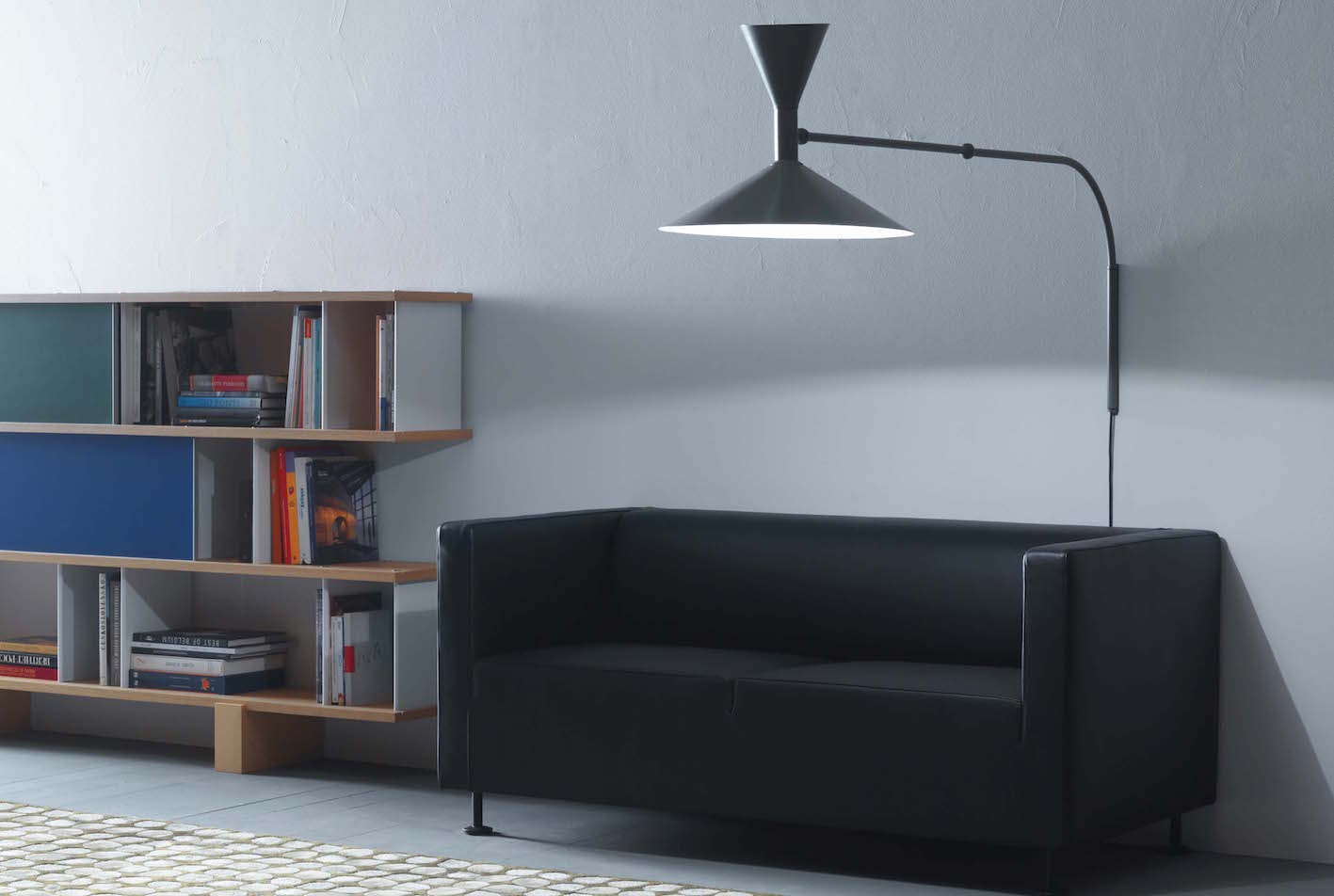
Lampe de Marseille, design by Le Corbusier.
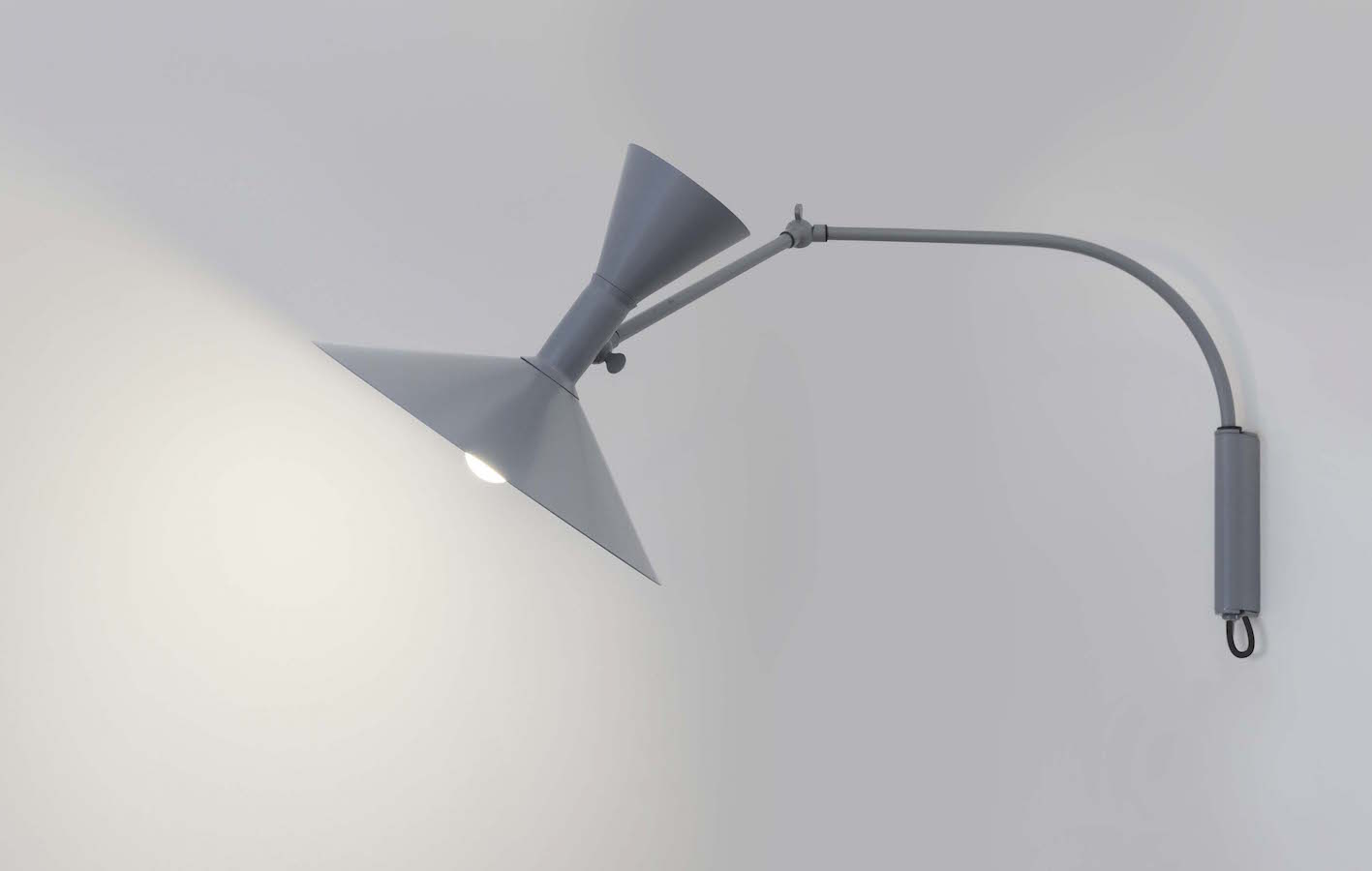
Lampe de Marseille, design by Le Corbusier.
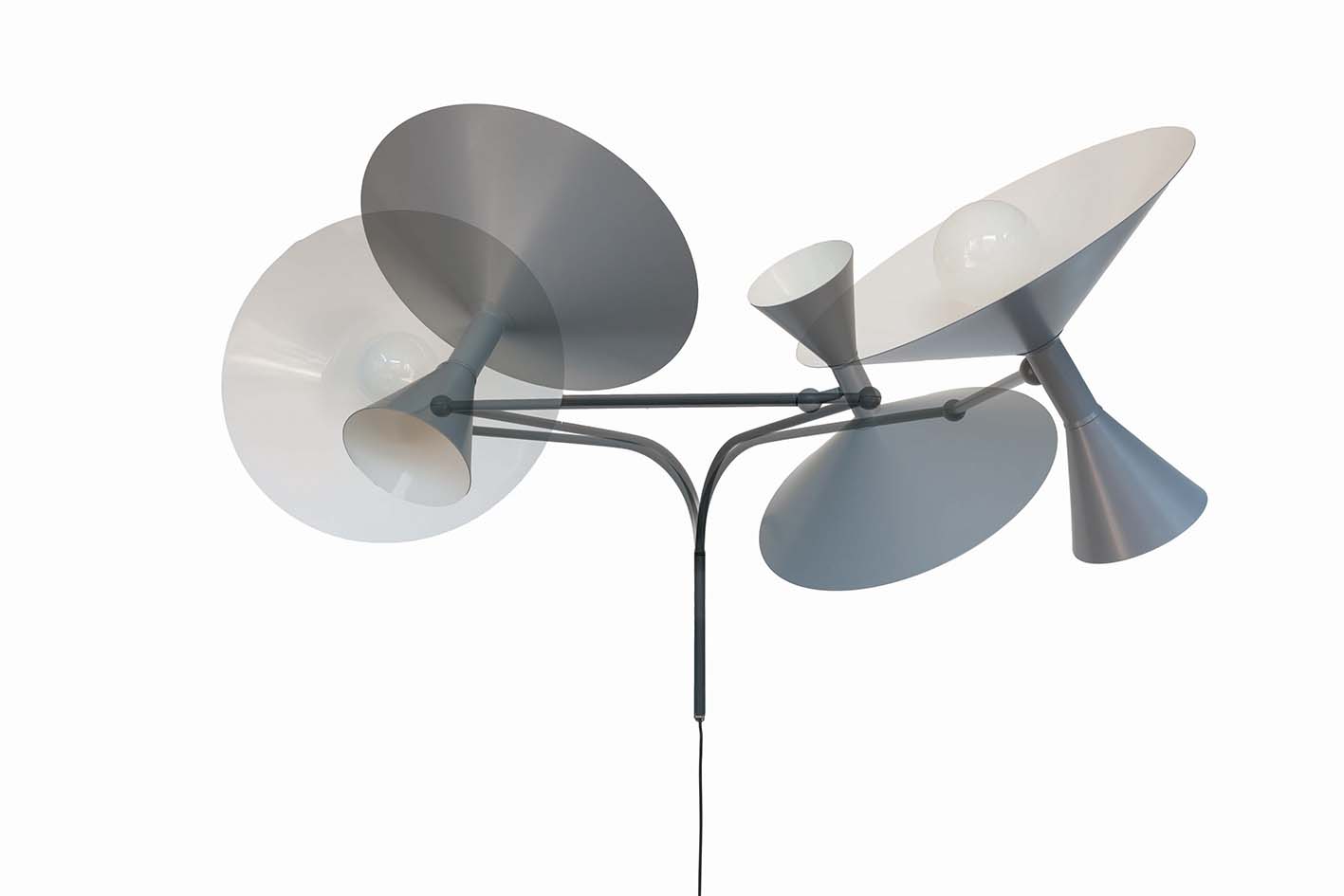
Lampe de Marseille, design by Le Corbusier.
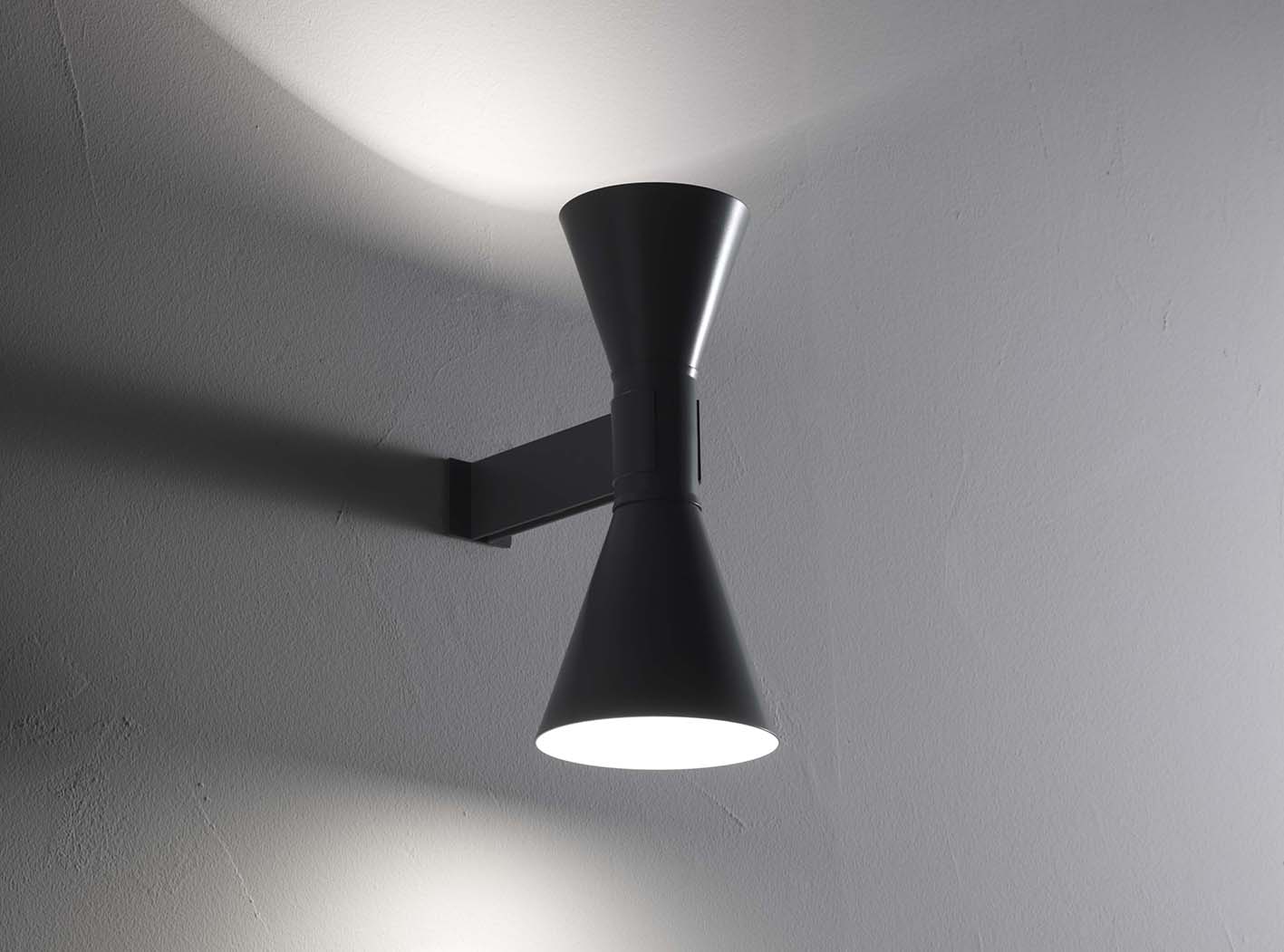
Lampe de Marseille, design by Le Corbusier. Applique.
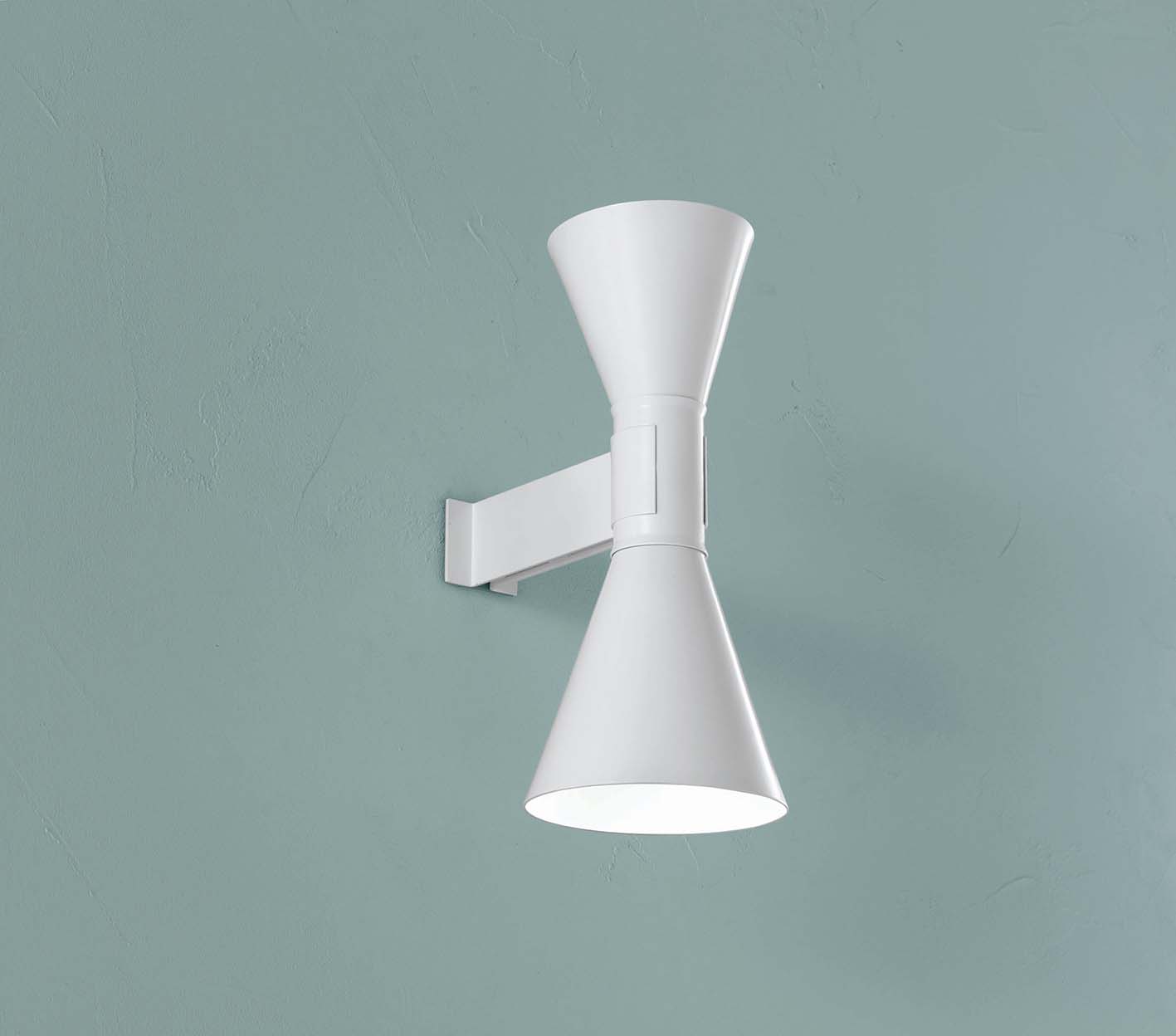
Lampe de Marseille, design by Le Corbusier. Applique.
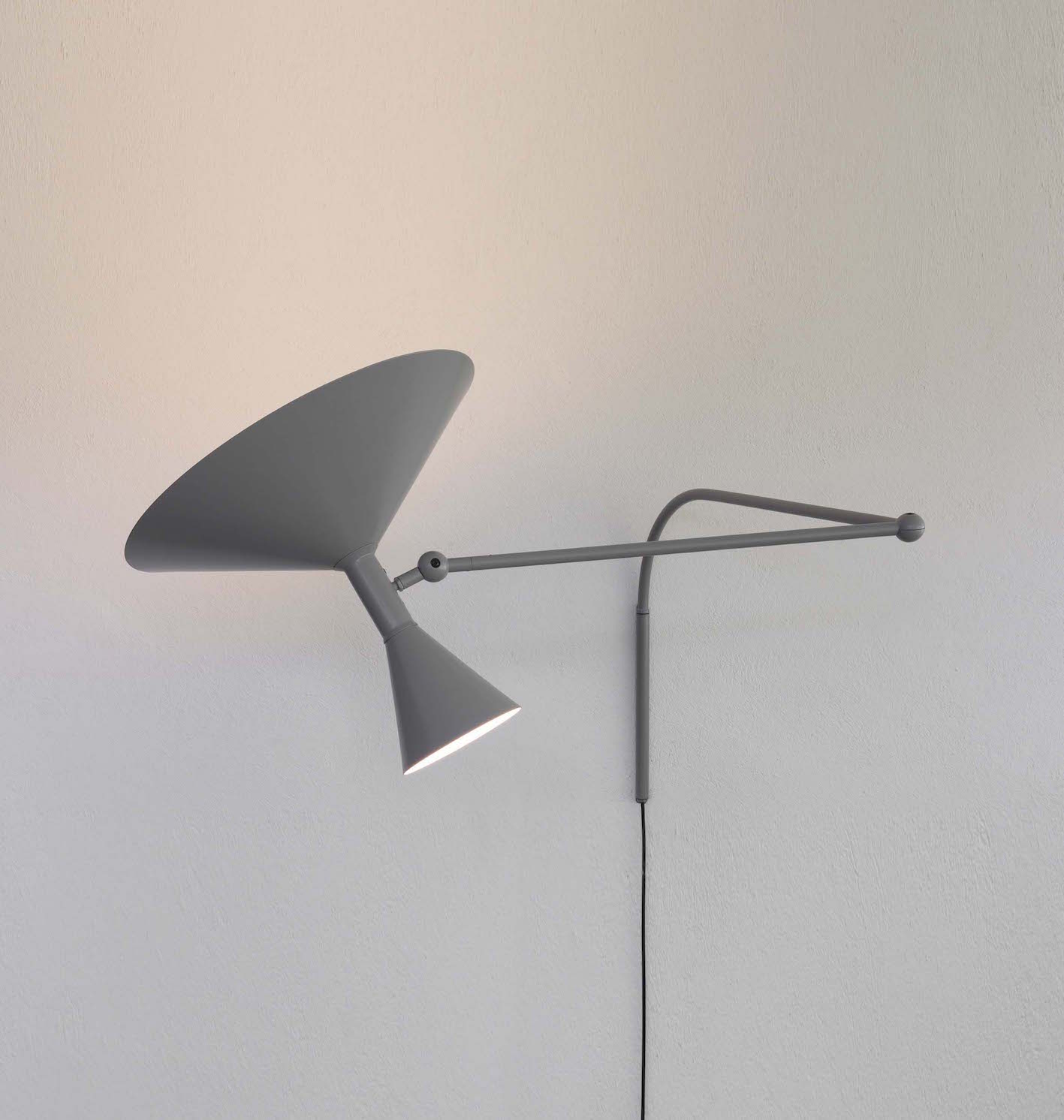
Lampe de Marseille, design by Le Corbusier.
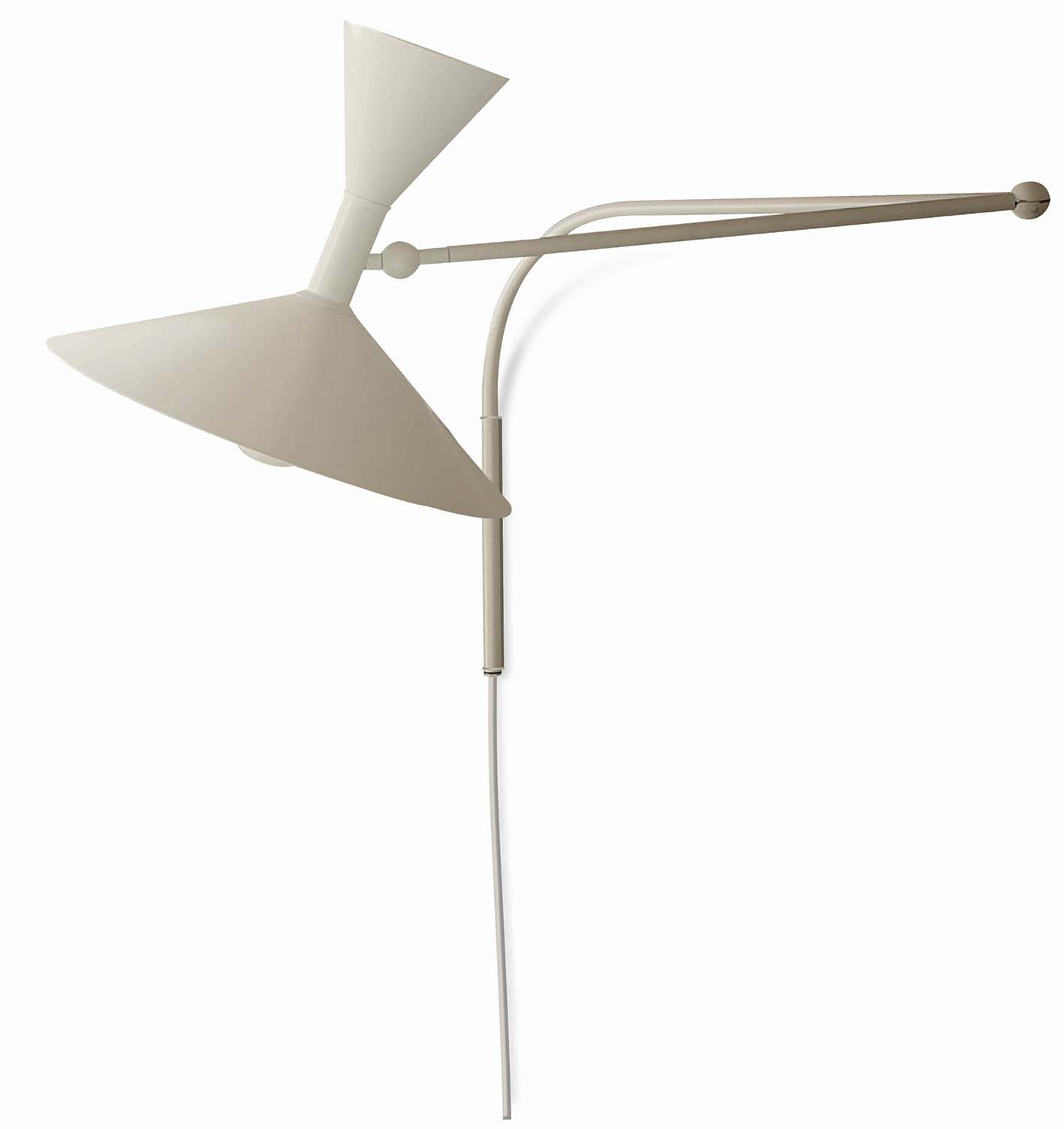
Lampe de Marseille, design by Le Corbusier.
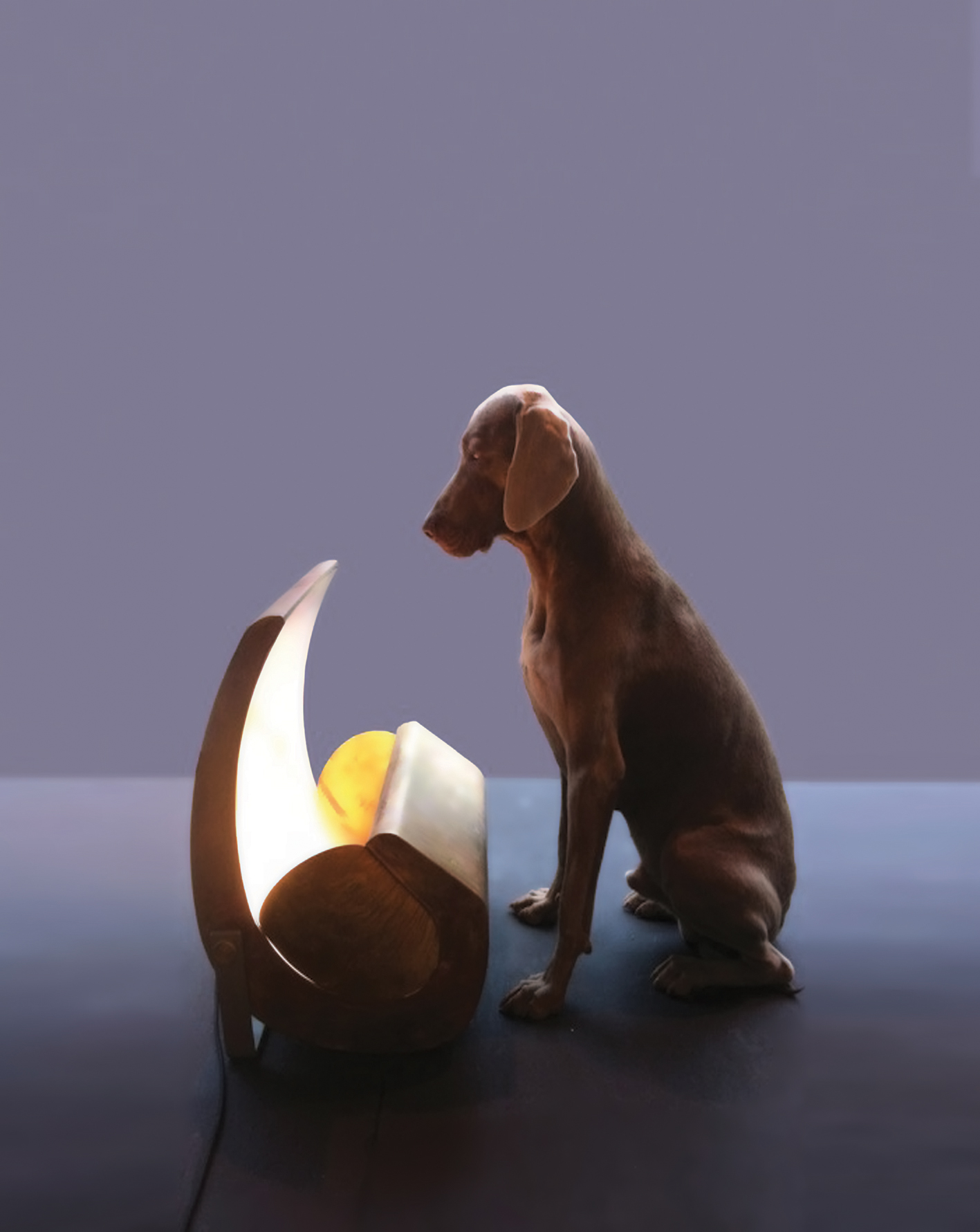
Escargot, design by Le Corbusier.

Projecteur 365, design by Le Corbusier.
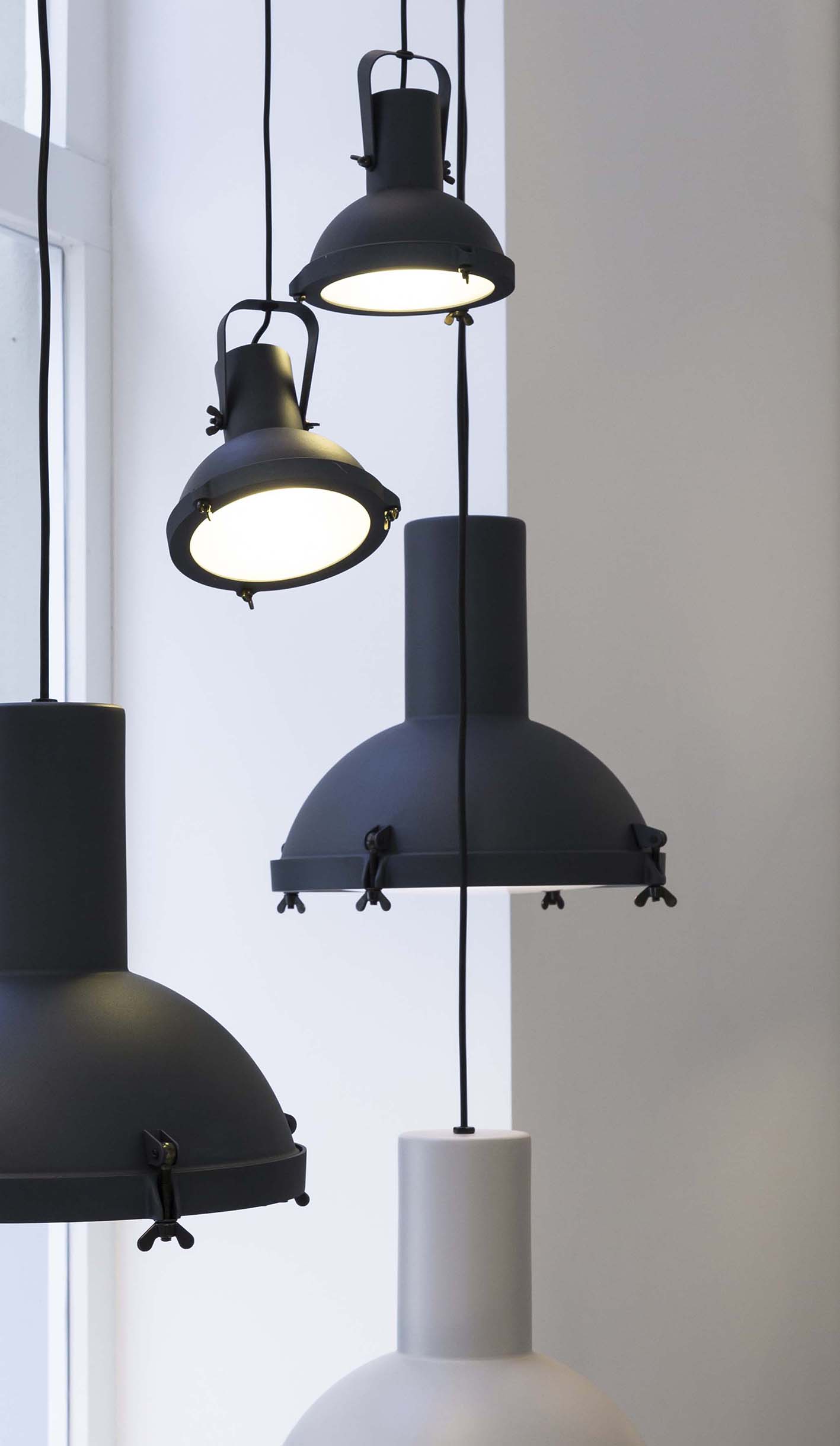
Projecteur 165 and Projecteur 365, design by Le Corbusier.